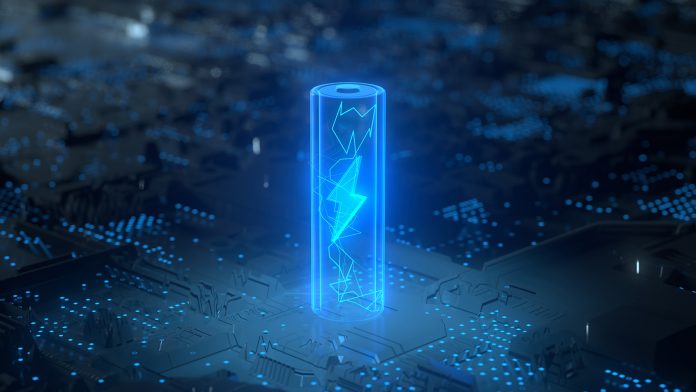Researchers worldwide are exploring ways to improve the performance of electrolytes within rechargeable lithium-ion batteries, which power everything from phones and laptops to electric vehicles.
A lithium-ion battery’s electrolyte is a mixture of electrically charged particles (ions) that allows the transfer of electric charge inside the battery. The electrolyte facilitates the reversible movement of ions needed during repeated cycles of battery use and recharging.
Researchers in China have reviewed new options for the conductive medium heat at the heart of the battery. The research, titled ‘Bis(fluorosulfonyl)imide-based electrolyte for rechargeable lithium batteries: A perspective,’ was published in Journal of Power Sources Advances.
Identifying problems with electrolytes
The properties of electrolytes are highly dependent on the identity and chemical nature of their negatively charged ions (anions). These support the transfer of positively charged lithium ions through the electrolyte in either direction.
Existing electrolytes come with some significant problems, however, including chemical instability, sensitivity to water, volatility, and flammability. These issues are driving research into alternative anions that could mitigate the problems and improve battery performance.
One promising alternative being explored for a new generation of batteries is the bis (fluorosulfonyl) imide anion (FSI), which contains nitrogen, sulphur, oxygen, and fluorine atoms.
FSI has gained special attention in the battery field due to the unique physical, chemical, and electrochemical properties of the FSI-based electrolytes.
Improving battery performance using FSI
New anions are of prime importance for developing robust electrolytes required by high-performance LIB and RLMBs. The bis (fluorosulfonyl) imide (FSI) anion has received increasing attention in the battery field since its invention in the 1990s, and currently, there have been more than 600 scientific papers published related to FSI-based salts.
The paper’s authors reviewed the progress of various approaches to making FSI-based electrolytes and assessed their performance in a number of prototype lithium-based battery systems. Then, they summarised the advantages of these new electrolytes over the currently dominant systems, highlighting their chemical stability, greater ion mobility, higher conductivity, and other favourable chemical features.
Despite the several benefits brought by FSI anion, there are a number of questions to be addressed in the research of the FSI-based electrolyte:
- How can battery-grade FSI-based salts be synthesised in an efficient and environmentally friendly way? Battery-grade salts are very critical for accessing the intrinsic properties of the FSI-based electrolytes without interference of impurities. Cost-effectiveness and environmentally compatible synthetic approaches are important for making them competitive as compared to LiPF6and other conventional salts. Hence, a significant breakthrough in synthetic processes of FSI-based salts at industrial scale, especially LiFSI, is paramount for their practical implementation into future battery technologies;
- How does FSI electrochemically decompose on different electrodes in different electrolytes? Though there are some reports on the possible decomposition mechanisms of FSI anion, it is still not clear how FSI goes to LiF and other stable components on different electrodes; and
- How could the know-how accumulated in the FSI-based electrolyte be transferred to other kinds of electrolytes in terms of anion chemistry? It seems that the chemistry of FSO2‒ is unique and highly preferred for LIBs and RLMBs. Previous work has demonstrated that new anions derived from FSI such as FNFSI could combine the advantage of FSI and other salts. Besides, molecular solvents with FSO2‒ could also bring the benefits of FSO2‒ into electrolytes, particularly the ability in forming LiF.
The article also addresses a variety of challenges for future research, including developing efficient and environmentally friendly methods for making these electrolytes, and the need for a better understanding of their chemical behaviour in real battery applications.
The authors concluded: “Research into FSI ions could also assist work exploring other alternative electrolytes for the batteries of the future. These developments could be important for expanding lithium battery technology into large-scale storage facilities within national power-supply grids.”









